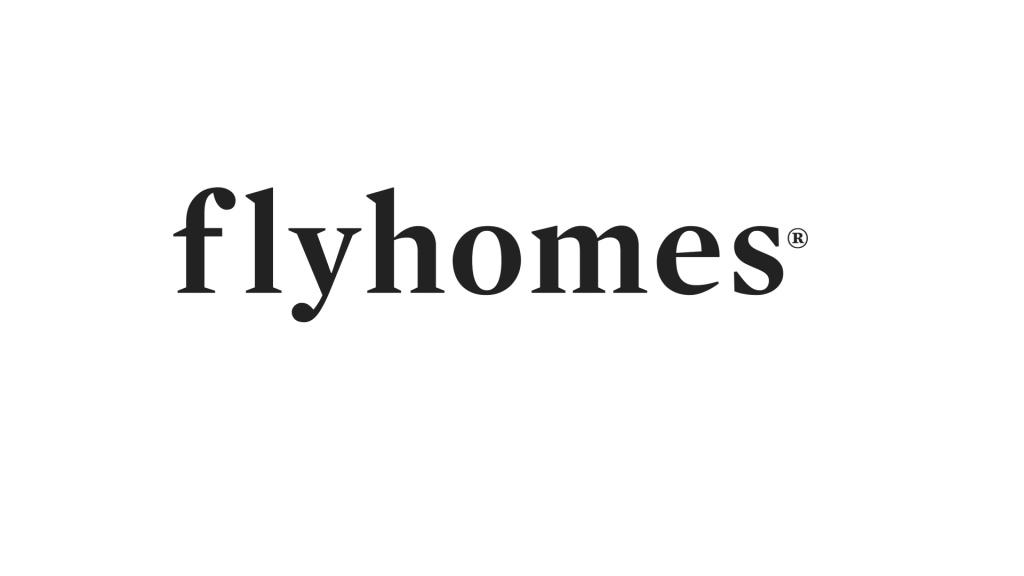By Adrienne Brimhall, Flyhomes Mortgage
This time of year, filing taxes is at the top of most people’s to-do list. The media buzz seems to circle around how much lower refunds are this year due to the Tax Cuts and Job Act of 2017 (TCJA 2017). Despite the potential negative implication of the recent tax law changes, there are still significant homeowner tax benefits.
Tax deduction on interest paid
In most cases, for most people, the interest portion of your mortgage payment is tax deductible. TCJA 2017 limits the deduction to the interest paid on the first $750,000, a reduction from the prior limit of $1M.
If your mortgage has a balance of less than $750,000 you can deduct the full amount of interest you paid during the year. With the conforming loan limit increasing from $667,000 to $726,525 in 2019 for high-cost counties, this change to the tax rules won’t impact most people as their loans don’t exceed $750,000.
Per TCJA 2017, you can also deduct interest paid on your home equity line of credit (HELOC) as long as your total mortgage + HELOC balance stays under the $750,000 mortgage limit and the HELOC was used for home improvements.
What if your balance exceeds $750,000?
Your tax professional will help calculate this for you, but here’s how to find your maximum interest deduction. For simplicity, let’s assume the mortgage is interest-only with a rate of 4.0%, has a balance of $900,000, and that you have had it for the full year.
In this scenario, you’ve paid $36,000 toward interest. To find the amount you can deduct, simply multiply the deductible limit ($750,000) by the loan interest rate (4.0%).
The maximum you’ll be able to deduct is $30,000. If you only had the mortgage for part of the year, you’d divide this number by 365 and multiply by the number of days you’ve held the mortgage.
So, you’ve paid $6,000 that isn’t deductible and $30,000 that is.
Property tax deductions
You are also able to deduct your property taxes paid via an itemized deduction on Schedule A. TCJA 2017 limits the deduction to $10,000 in property taxes paid if you are married and $5,000 if you are single or filing separately. The limit also lumps in with other state and local taxes, making this super important in the markets where Flyhomes currently operates, where homeowners pay high property taxes and may also face a state income tax.
PMI deduction
Good news for borrowers who put less than 20% down and are paying Private Mortgage Insurance (PMI): you may be able to deduct your PMI payment if you meet certain income thresholds. For married couples, if your Adjusted Gross Income (AGI) is less than $100,000 and for single filers, if your AGI is less than $50,000, you may be eligible for this deduction. If you think it applies to you, ask your tax professional about this deduction.
What about a first-timer credit?
Flyhomes Mortgage clients often ask us about the first-time homebuyer credit allowed by the Housing and Economic Recovery Act (HERA) of 2008. This credit program ended in 2010. While first-time buyers no longer have a specific tax credit available to them, the other deductions we mention here don’t exclude first-time buyers.
Your tax situation is as unique as you are! Be sure to connect with a tax professional for details specific to your situation. But in general, many of the benefits of homeownership remain in place for most people!
Ready to talk about a mortgage loan?
Flyhomes Mortgage
1201 Western Ave
1st Floor, Mezzanine
Seattle, WA 98101
(855) 220-1238
Flyhomes NMLS #1733272, Adrienne Brimhall NMLS #116927
Flyhomes Mortgage Terms of Service and Privacy Policy











